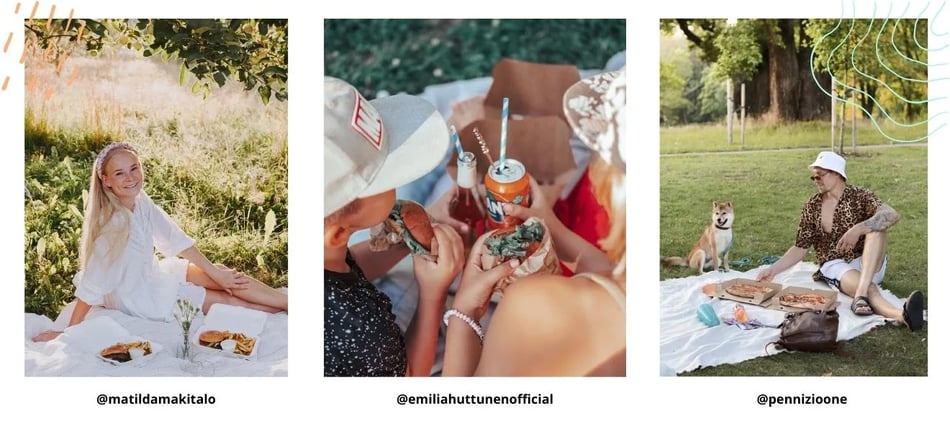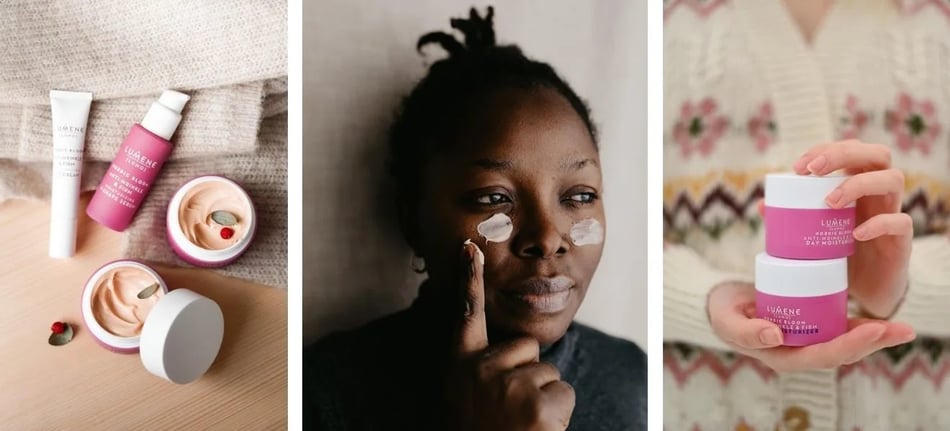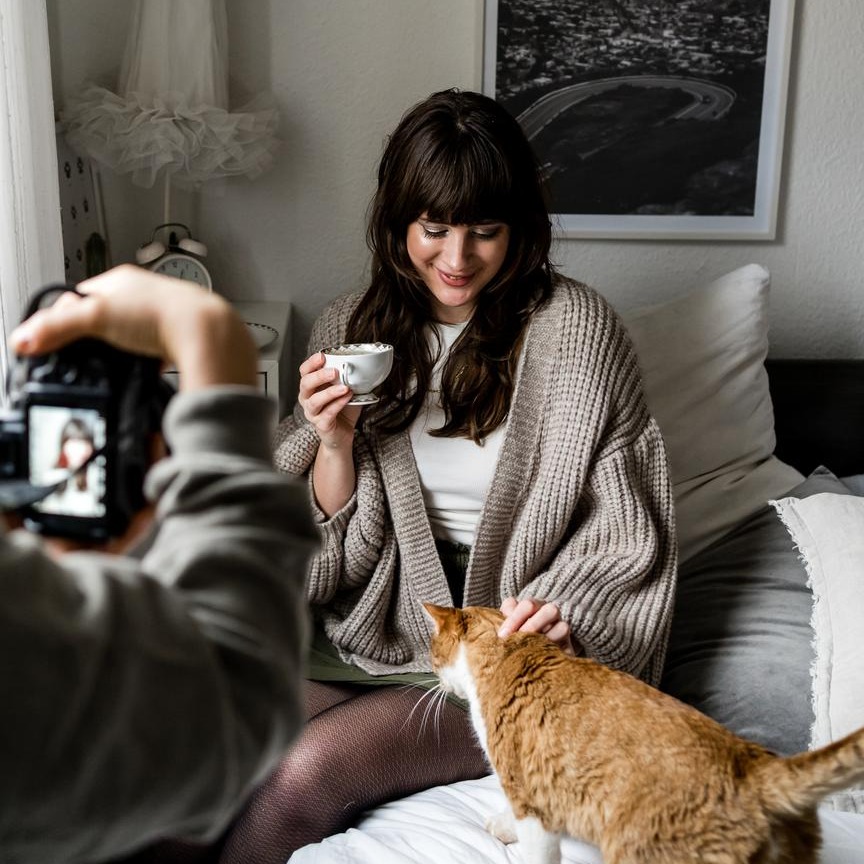They say a picture is worth a thousand words.
And if a picture is worth a thousand words, is a video worth a million then?
No matter the actual word count, today’s marketing is highly dependent on images and videos. Visual content helps people remember better, digest messages faster, evoke specific emotions towards a brand, and eventually boost sales.
The amount of content needed is huge
The rise of social media has taken the need for visual content to a whole new level – to stay relevant, brands need to show authentic and personalized visuals to support their brand message. The required amount of content is huge for many reasons, and I’ll go through a few of them next.
On social platforms, images and videos are pretty much disposable. You shouldn’t be publishing the same content twice, and on the paid side, your ad creatives should be updated at least every 4-6 weeks. Some even say that you should refresh your Facebook Ad creatives weekly. Yeah, that’s a lot!
Besides needing a large number of visuals, you should have lots of variety in them. For example, showing the same product in the same setup, just shot from a slightly different angle, isn’t going to help to keep the consumer interested. The more extensive the product portfolio, the more product + person + scenery combinations you will be needing.
We definitely encourage you to make the most of your visuals by using them across channels, but different use cases often have different requirements. For example, an image that works as a print ad isn’t necessarily the best for paid social, and a viral TikTok video isn’t always the best choice for the website.
User-generated content to the rescue… for some
As said, social media has sky-rocketed the need for visual content (and therefore causing headaches for marketers), but it can also work for you when it comes to content creation. Some lucky consumer brands enjoy getting tagged on Instagram posts and receiving pictures and videos of their products in action. For example, fashion brands see fashion influencers tagging them in their outfit pics, and pet care brands have their DMs filled with cute puppy videos sent by their loyal customers.
Most social media users love when their content is featured and get credited for it.
UGC has been a hot topic among marketers in the past years, and it really deserves the buzz. Images and videos produced by brand advocates are more authentic and trustworthy and provide a cost-effective way to source well-performing content. When you ask for permission to use the UGC in your marketing (always do so!), the answer is often yes. Most social media users love when their content is featured and get credited for it. But remember to stay on top of the copyrights so that you’re not misusing the content!

User-generated content for Wolt via an influencer campaign
What if you’re not the lucky one to get your social media pipeline filled with organic UGC? Or you have specific requirements for the content? There is a way to find personalized visual content with lots of variety without organizing a massive production with equally massive costs. Say hello to crowdsourcing!
Crowdsourcing visual content
“Crowds are a hit. Millions of people, connected by the Internet, are now contributing ideas and information to projects big and small. Crowdsourcing, as it is called, is helping to solve tricky problems and providing localized information. And with the right mobile apps, contributing to the crowd — and using its wisdom — is easier than ever.” - NY Times.
With the rise of new technologies, social media, and web 2.0, crowdsourcing has become an efficient way to gather ideas, resources, and insights. In the original article, where Jeff Howe introduces the term crowdsourcing, he calls it “the new pool of cheap labor: everyday people using their spare cycles to create content, solve problems, even do corporate R&D.” For more than a decade, crowdsourcing has been used for a variety of different purposes, but not really for producing images and videos.
The most significant benefit of crowdsourcing is collective knowledge. When many people come together to solve a problem, they all look at it from their own perspective and bring their own skills to the mix. The result is often better than the sum of its parts. When crowdsourcing TikTok content, for example, you can rely on the knowledge the creator pool has about the platform characteristics, trending audio clips, and challenges.
For crowdsourcing in general, it is pretty typical to pay only for the winning ideas, which makes it relatively cost-effective for the company. However, it transfers the financial risk to the crowds. Stock photo services work similarly: content creators upload their photos to the library and earn a little every time someone downloads their content. We pay the creators every time they participate in a content creation campaign, whether their content is purchased or not. If you, as a customer, end up buying their content, the creators earn money from each content piece sold.
You can ask the content creators to pick up your product from the nearby supermarket or order it from your online store with a voucher.
Sourcing content from the crowds is relatively fast (2-4 weeks from brief to a gallery full of content), but you know what the most impressive thing about it is? It’s so dang easy! You can ask the content creators to pick up your product from the nearby supermarket or order it from your online store with a voucher. Who knew content creation could be so relaxing…

Crowdsourced content for Lumene, photographed by Marianne Saarinen, Eveliina Rimpeläinen & Yuliia Tolonen
As a summary, we can say that user-generated content works great, but it is risky as you’re never truly in control of the outcome. The more you have UGC available, the more likely you will find a picture of the exact dog breed in the scenery you want. With crowdsourcing, you stay in control but still get authentic images and videos with plenty of variety without worrying about copyrights.
Got interested? Book a demo, and let us show you how it works in action.





